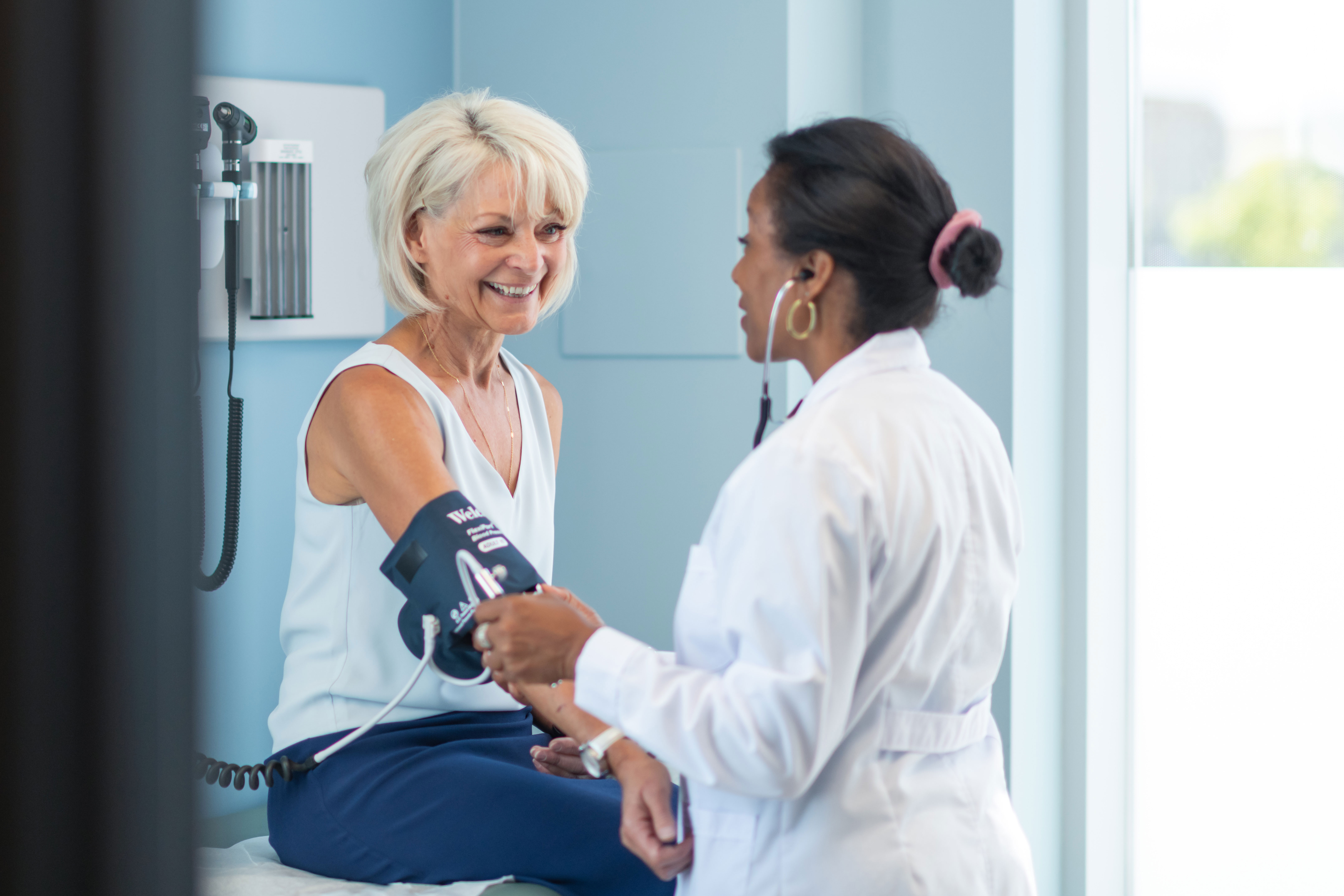
What is DVT and are you at risk?
Deep vein thrombosis, or DVT, is a potentially very serious medical condition that everyone should know about. It happens when a blood clot forms - usually in the leg or pelvis, but sometimes in the arm. Sometimes part of the clot breaks off and travels to the lungs, where it can cause a blockage called pulmonary embolism, which can be dangerous and even fatal in some cases.
Know the symptoms
- Swelling
- Pain
- Tenderness
- Redness of the skin
See a doctor if you think you may have these symptoms.
PE can come with other symptoms such as difficulty breathing, coughing up blood, chest pain that gets worse with deep breaths, very low blood pressure and a fast or irregular heartbeat. Seek medical help right away if you think you may have a PE. It’s an emergency.
Am I at risk?
So, should you worry about DVT? Well, yes - anyone can get it. But some should be more aware than others.
- Half of all blood clots occur during or shortly after a hospital stay or surgery (even outpatient surgeries), says the Centers for Disease Control and Prevention. If you’re going in for even a routine procedure, pay attention! DVT isn’t common, but you should know the symptoms just in case.
- Being immobile is also a risk factor - this is why you often hear advice to walk around frequently when taking a long plane ride. Staying still for too long increases your chances of a clot. Having a cast or being on bed rest come with similar risks.
- Other risk factors include increased estrogen (usually because of birth control use, hormone replacement therapy or pregnancy), certain chronic conditions like heart or lung disease, a family history
Prevention
Have you ever been in the hospital and had massaging stockings put on you? The reason is to decrease your risk of DVT. But once you’re out of the hospital, you can use medical compression stockings if you’re at risk.
One of the easiest ways to prevent DVT is simply by moving around. Even when you’re recovering from surgery or illness, try to do the activities your doctor has recommended. They can be lifesaving. When you’re sitting for a long time or traveling, make sure to get up and walk around every hour or two. While seated, you can raise and lower your heels and toes so the muscles in your leg get some activity.




